Architecture
Enhancing Dover’s identity whilst respecting its rich heritage is key to the masterplan, as it envisions a modern and welcoming waterfront environment.
Architectural interventions will focus on creating high-quality public spaces, improved pedestrian and cycle routes, and active frontages that encourage engagement with the waterfront.
BACA and LDA Design’s design approach seeks to balance contemporary character with Dover’s distinctive maritime and historical setting, framing the waterfront as both a local amenity and a destination.
The overarching goal is to foster a “Destination Dover”, as expressed by project leaders, a place where enhanced connectivity, urban design, and cohesive architectural language come together to support economic growth, tourism, and community wellbeing.
Tim Ingleton, Head of Inward Investment, Dover District Council, said:
“The vision for this key part of Dover is to create a more welcoming, contemporary image that better connects people and places whilst retaining the distinctiveness for which Dover is world-renowned.”
Barbara Buczek, Director of Corporate Development, Port of Dover, said:
“The Port is committed to delivering Dover Western Docks Revival, including an exciting waterfront transformation that will be a catalyst for creating Destination Dover. Ensuring that the local benefits of this major opportunity are maximised through additional masterplanning to improve connectivity is a further demonstration of our commitment to deliver for Dover.”
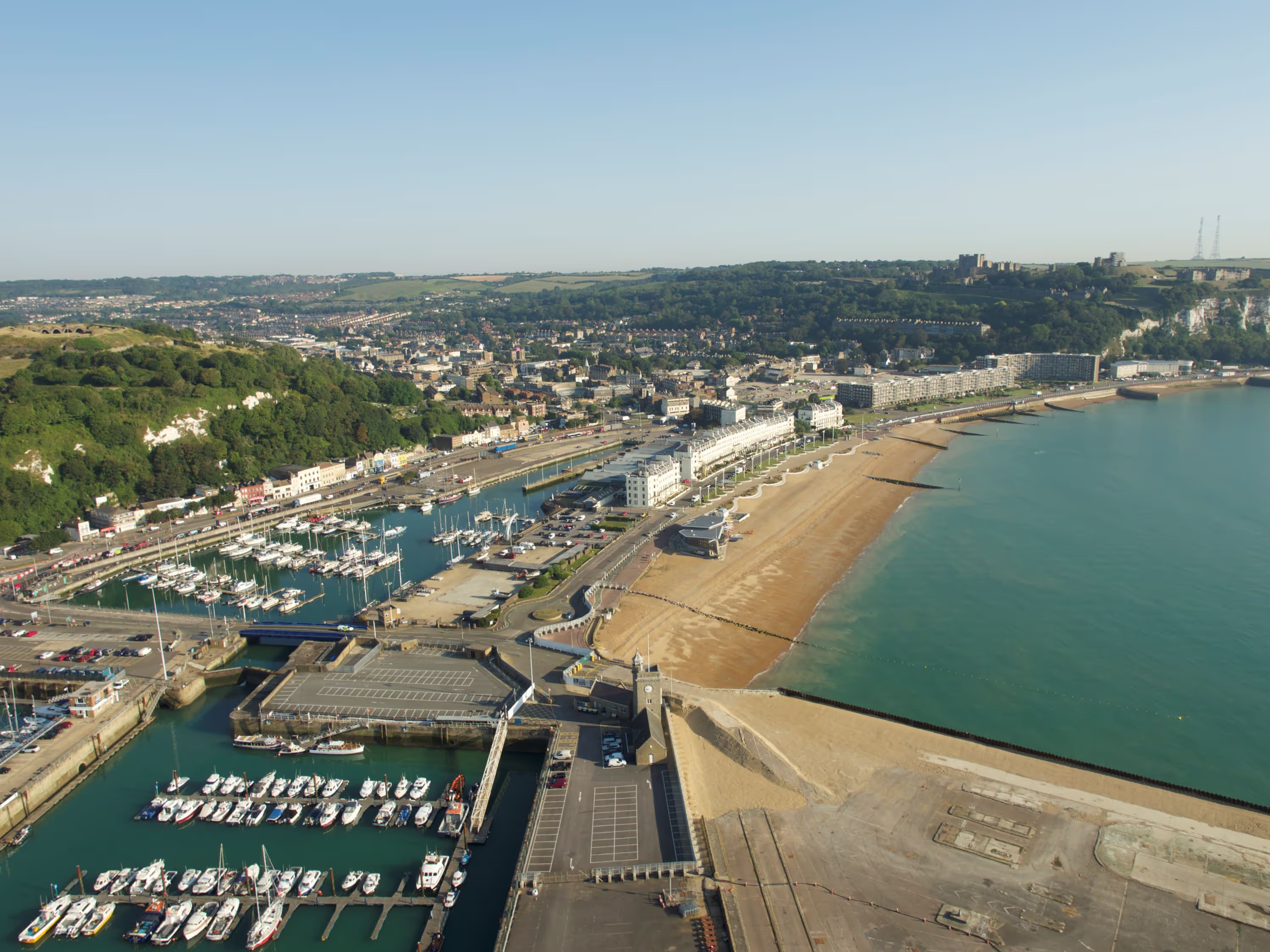

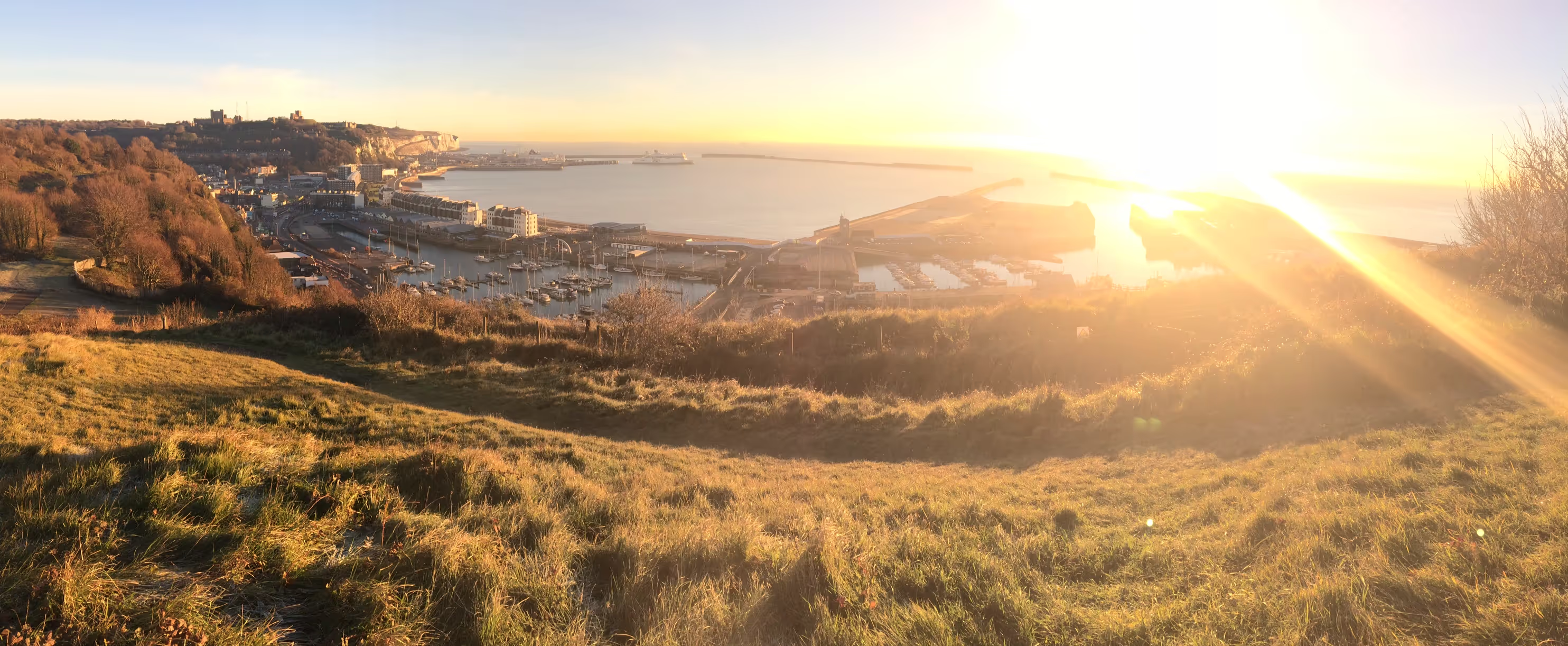


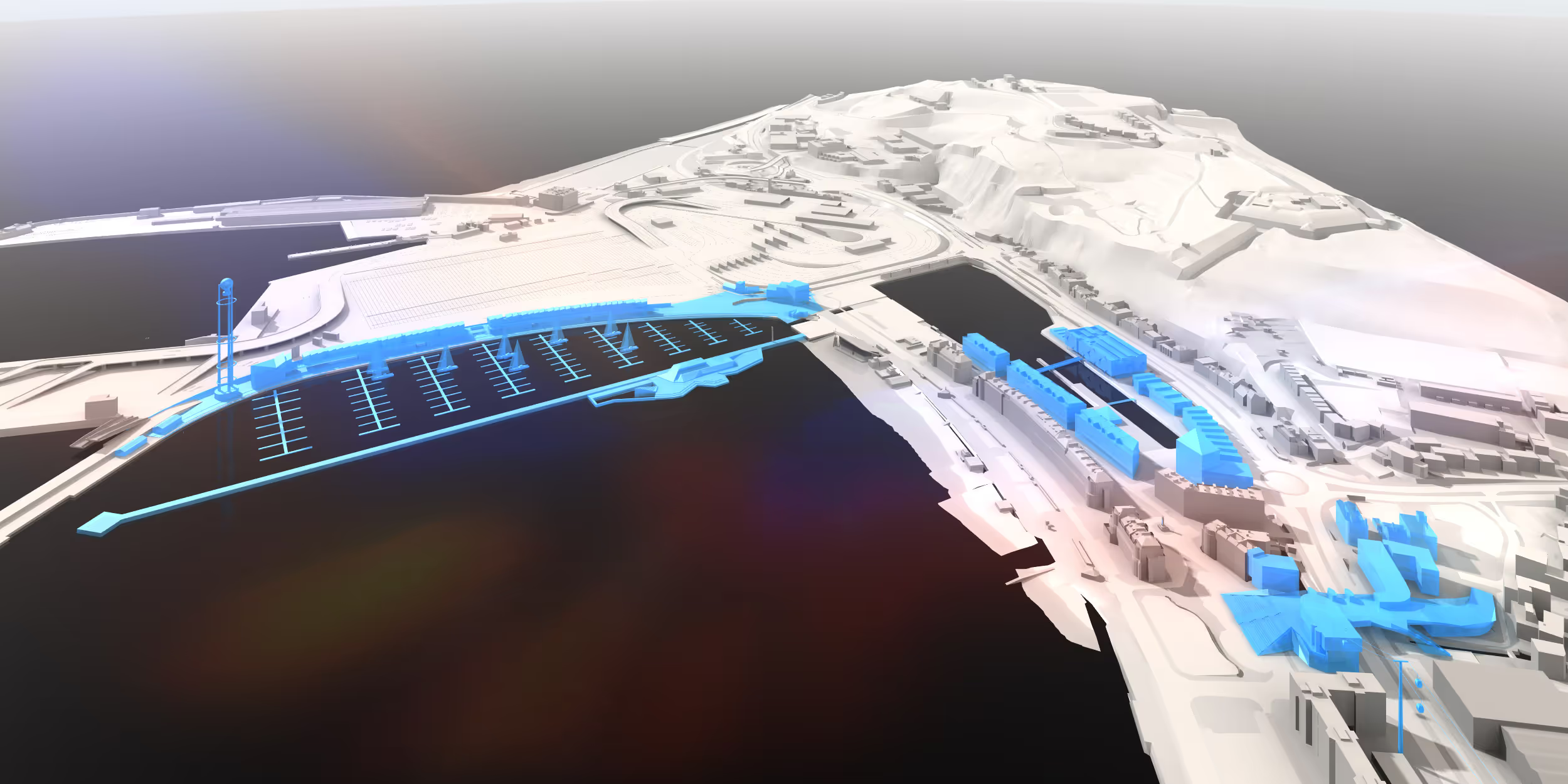
.avif)
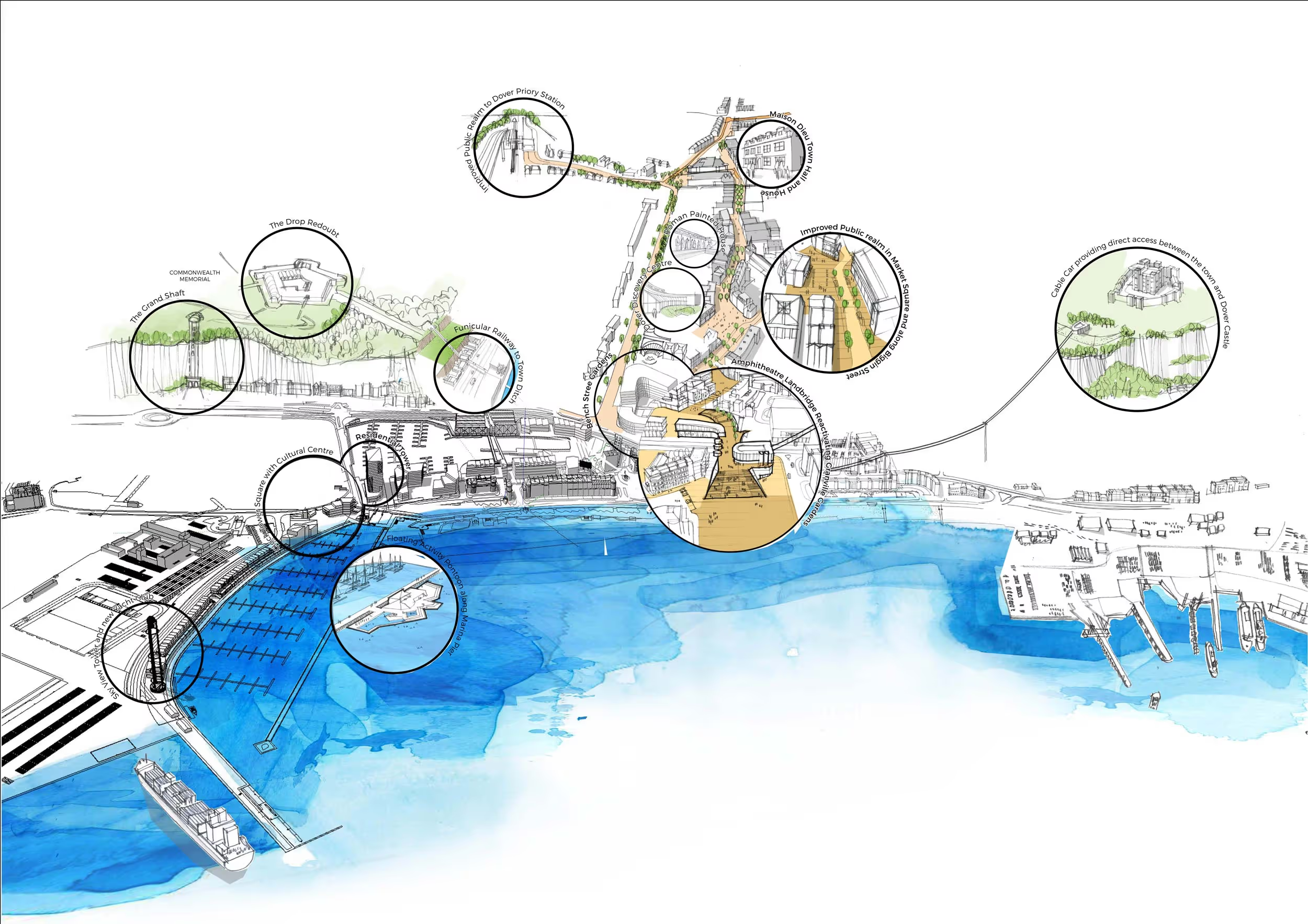


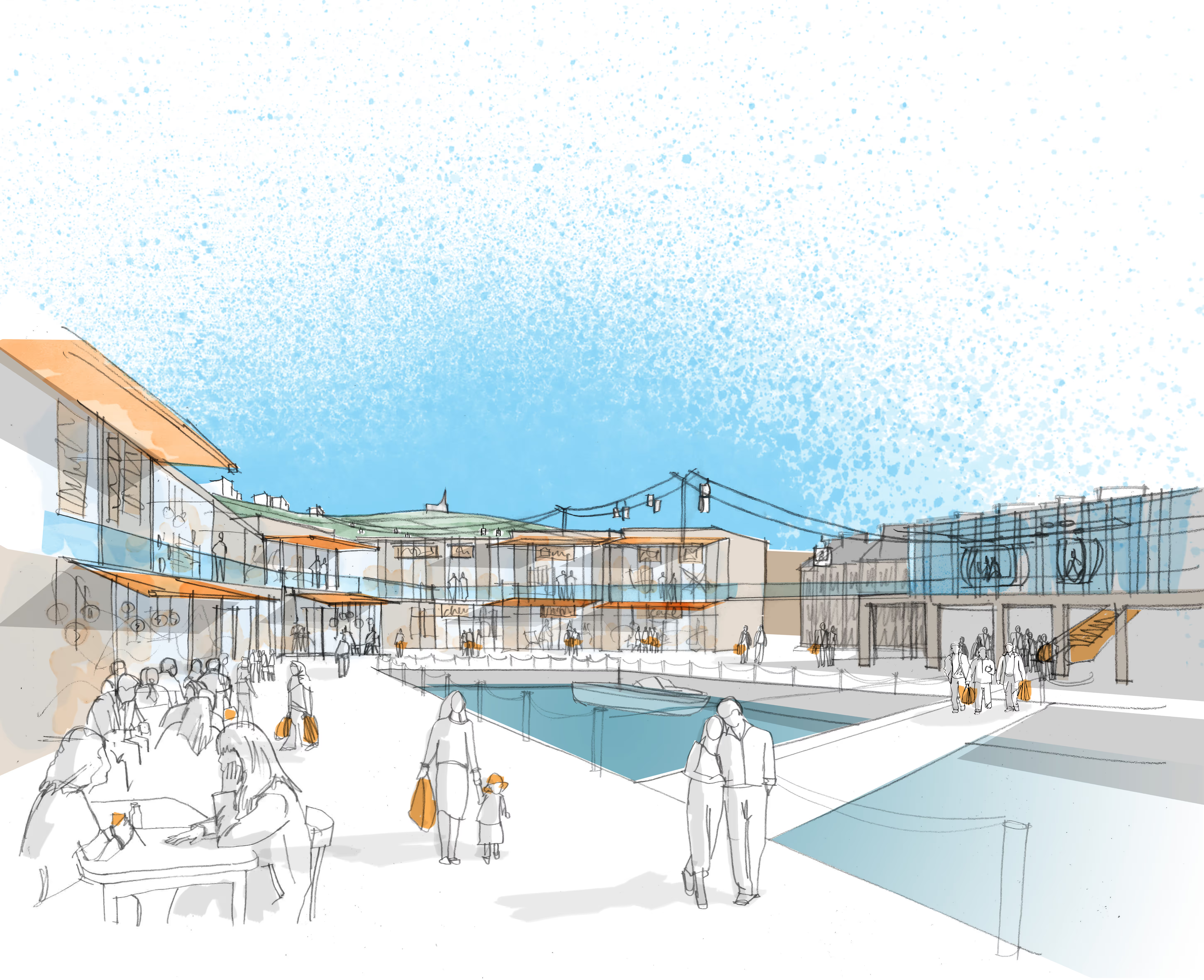
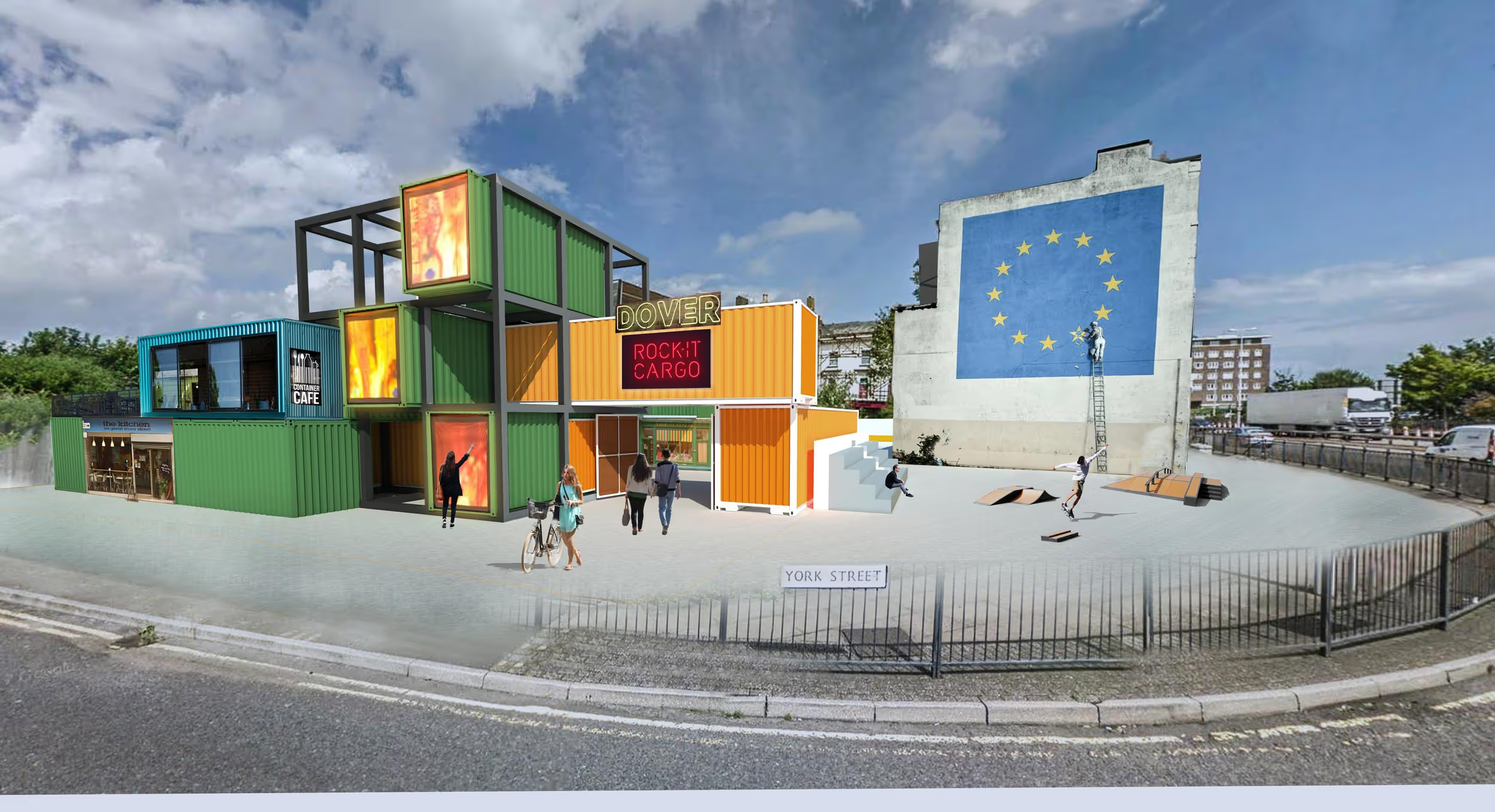
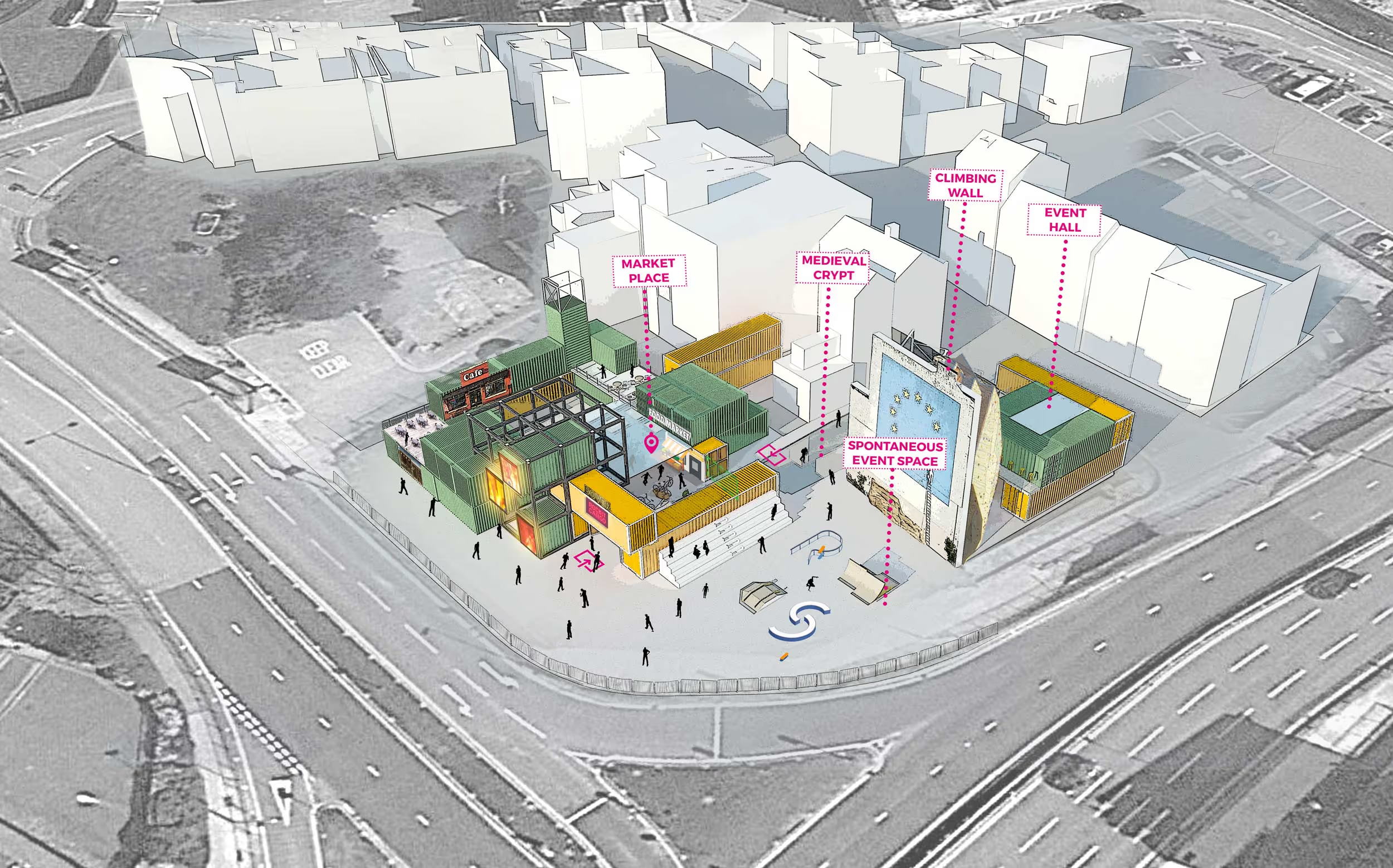
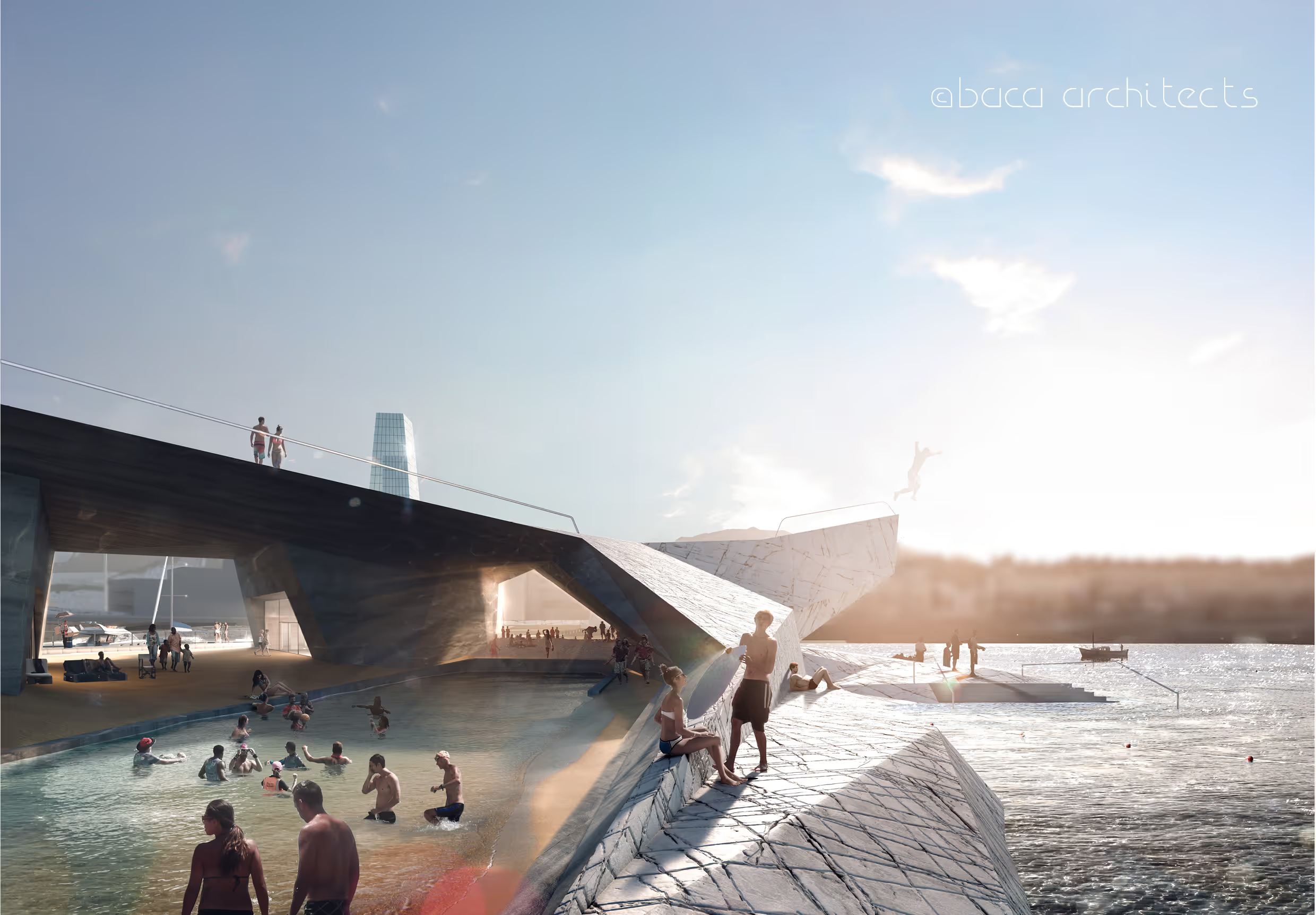
%2002.avif)
